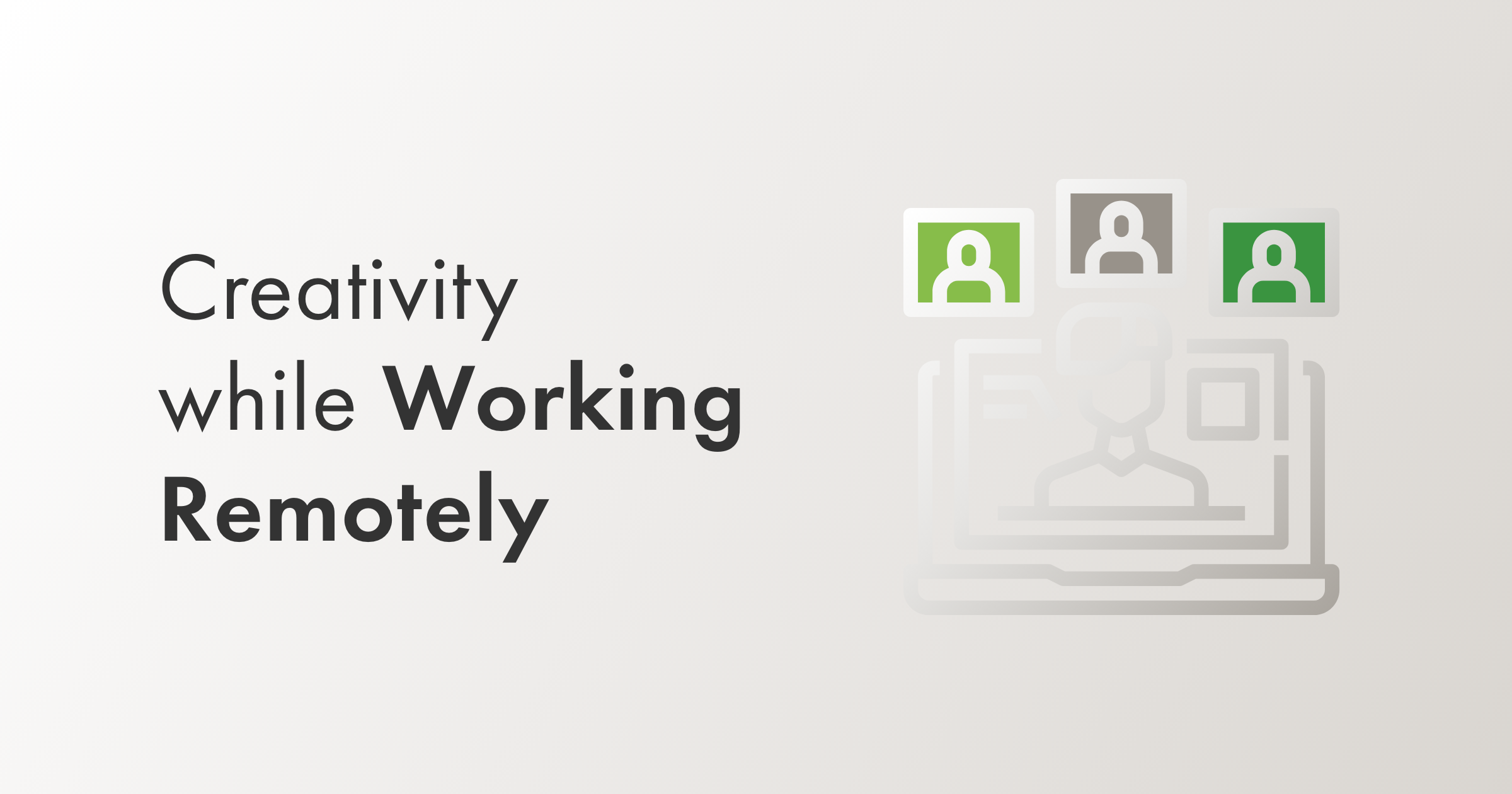Introduction
A while ago I wrote a blog about my experience with remote working and shared some productivity tips. As many people have started working from home due to the COVID-19 outbreak and started sharing their experience, I realized that some of the things I wrote in my previous blog are not relevant for people who have started working from home without prior planning and preparation, who are used to working in an office and interacting with their colleagues, but most of all, for companies that don’t have set processes for remote work, which makes the situation much different than working remotely for a company that has established itself to manage that type of work.
So I decided to write an updated article and try to share some tips for first-time remote workers. I talked to a few of my friends who are now working from home for the first time and asked about their challenges and I will try to share useful tips on overcoming them, so here goes:
Challenge 1: Working with a child at home
Even if you are a parent that works from home regularly, usually your children would be in kindergarten or school during the working hours. But, since all kindergartens and schools are closed down, they spend all their time at home. What’s more, in these moments of social distancing, we want to keep them safe and don’t let them go to a friend’s house or play outside with other kids.
So one of the biggest challenges that my friend with a 4 year old has, is working from home while at the same time taking care of a child. Children require attention and they like to spend time and play with their parents.
I’m not really qualified to give my opinion on this as I don’t have children, but here’s what some of my colleagues with young children do to make working from home easier:
- Put an old computer on the desk and give him earphones so he can pretend to be in the meeting too, while I’m having an online meeting.
- Let them sit on the same desk as me, and draw something for them to color.
- Write a letter or number and ask her to write the same letter multiple times. After she’s done, I write another one. This also helps her learn the letters and numbers, and practise writing.
- Give them a Jigsaw puzzle.
- Give him an adult coloring book (because it’s what mom colors and that make sit automatically 100 times more fun for the kid)
- Give a list of items needed for isolation and ask him to buy them. Of course the items he “buys” and brings are actually his toys.
- If your kid has a bike, make it static so he/she can exercise on it.
- Make a break from work and go outside while repeating “Don’t touch anything, don’t touch your face, no” all the time.
Challenge 2: Lack of communication in a job that requires a lot of face to face interaction
Many of us are used to working in an office, having day to day communication with the team and being able to consult with a colleague when they need help. While working from home still allows you to do that with chat tools and online meetings, it can take some time until your colleague sees your message and answers and this makes your working process a lot slower than it used to be. The most affected ones are newly employed people who are still adjusting to the work and learning.
While online communication can’t replace face to face communication, there are some things that can be helpful:
- Designate tools for specific communication. We recommend Slack for chatting and Google meet for meetings.
- Write clear and concise messages and emails. Bold and highlight the important parts.
- Point out the urgency of the message in the email subject.
Challenge 3: Getting used to a new working environment and being unfocused
Another problem is getting used to the new environment. We see our home as a place for relaxation, and that can lead to us forgetting some important work-related things, like failing to log into that online meeting on time.
Your home is also a place of many distractions, you have your TV with the news on, the dirty dishes in the sink, or any home chore that might pull you to finish it in the middle of your work day. It’s easy to get wrapped into doing things around the house. But, those 20 minutes for washing the dishes, and 30 minute to walk the dog, and 20 more for something else, will eventually lead to you working until 10pm.
So how do you avoid this?
- Have a specific workspace, a place where you go in your home to work!
- Set a specific working time. It can be 9am-5pm, or 10am-6pm, or even divided into 2 parts of your day from 8am-12pm and then from 3pm-7pm. Any schedule that suits you and that you will follow. Make sure to coordinate with your colleagues so that their work doesn’t get prolonged because of your flexible schedule.
- Take regular breaks! Stand up, stretch, make a fresh cup of coffee.
- Set alarms or reminders on your phone 5 minutes before each meeting.
Challenge 4: Getting interrupted all the time
“I get interrupted at meetings and my parents (or roommates, or partner…) don’t realize that just because I’m home doesn’t mean that I’m free to help around the house at 1 in the afternoon”.
I’ve heard this more than a couple of times. I used to have this problem when I first started working from home. And here’s how I managed it:
- Write on a piece of paper when you are in a meeting and hang it on your door, so that anyone else living with you, knows not to enter your room and interrupt you in the middle of important meetings
- You could also write your dedicated working time (Ex. 10am to 6pm) and hang it on the door, so that everyone knows that you’re not available during that period. But even more importantly, say no when being asked to do something around the house.
- Tell everyone at home that if they see you with your headphones on it probably means you’re in a meeting and they should check with a nod whether you can talk
- Try not to get frustrated, it’s normal for people to forget and still call your name during meetings. Remember that it’s a temporary situation and we’re all in the same boat. Everyone in that meeting that got interrupted will understand why it happened, no need to feel bad about it.
Challenge 5: Online meetings are too long and unfocused
When you haven’t seen your colleagues in a few weeks you miss the informal chit-chat that you used to have during breaks. And now that chit chat takes over all your meetings, so instead of having a 30 minutes focused meeting, you end up for an hour and a half, and you don’t even know what the point of the meeting was.
Keitaro’s team is all around the world, so most of our meetings are online and here’s what we do to stay focused:
- Always have one person who is leading the meeting. That person needs to make sure that everyone stays on topic.
- If you notice that people have started discussing some other work-related topic, ask them politely to take it after the meeting.
- If you notice that people have moved to personal topics, propose that you organise an online after work gathering where you can all chat, and continue the conversation by mentioning the most recent meeting subject that was on the agenda.
- Some meetings really could be an email. Don’t schedule meetings for every little thing.
Focus on the positive
Let’s not only pay attention to the challenges or difficulties, there are many positive sides to working at home, such as:
- Cooking a nice meal while working! If you’re working from home you can make some slow cooked meals that only require short checks in between tasks and meetings.
- Flexibility, for example I can work with as many breaks as I want, or divide the workload and work partly in the morning and the rest of it at night right before bed (It’s 9 pm right now and I’m working).
- Opening a beer right after finishing that difficult task…priceless.
- Sleeping a little longer in the morning or simply finishing work earlier because you didn’t spend any time getting ready and commuting to the office.
Final thoughts
I’m not an expert and I am a strong believer that each person is different and everyone should find their own way of making this work. I hope my article can help some of you do that!
A few more challenges and tips coming in the next days as part 2 of this article. If you have any challenges that you’d like me to write about, share them in the comments below.



